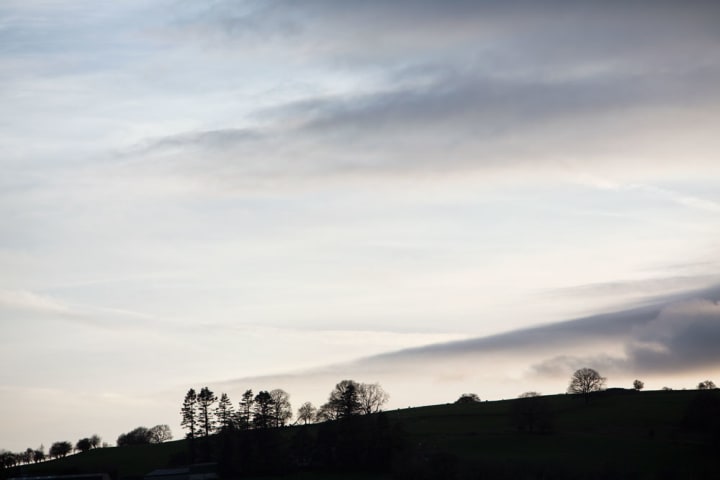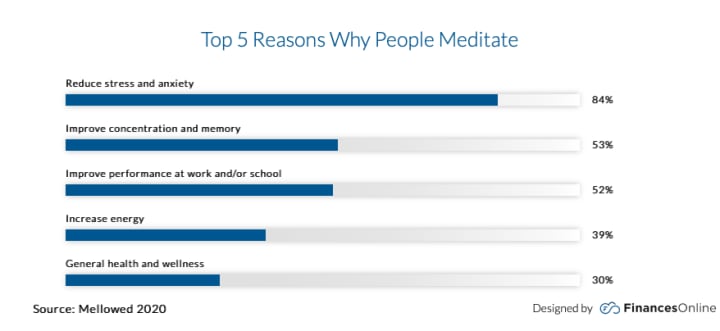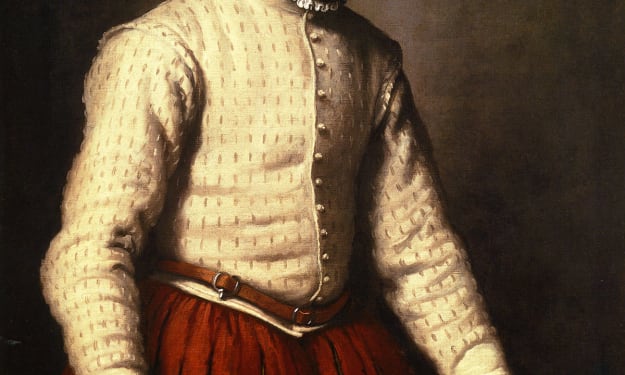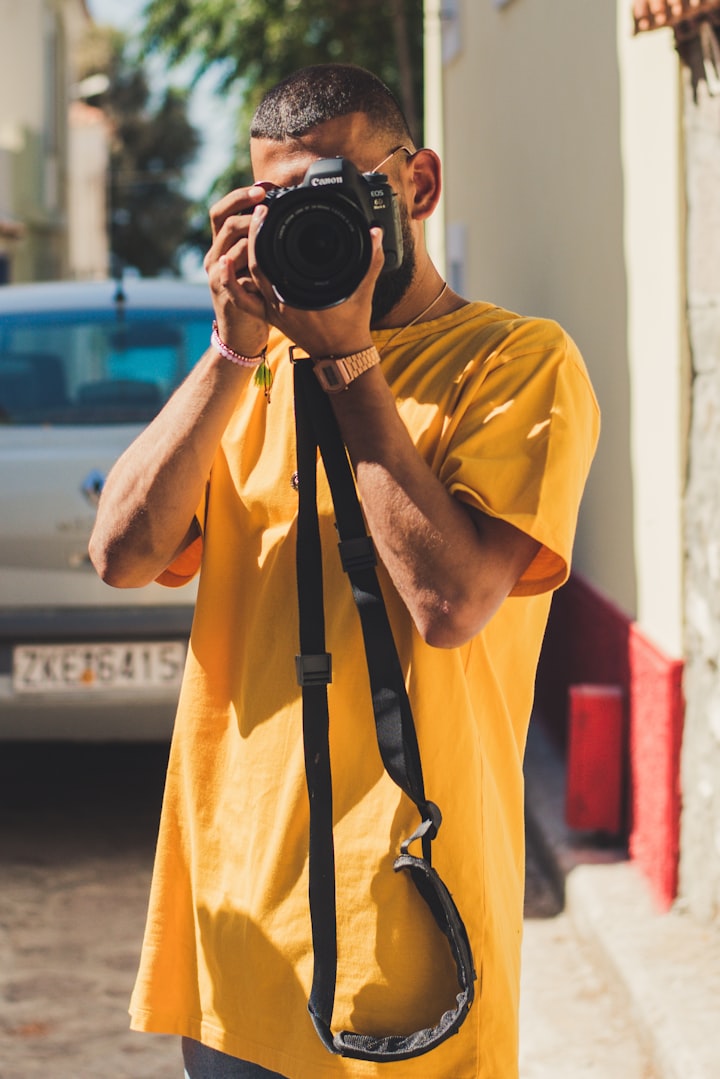Why photography and meditation are great allies
"Notice everything without being distracted by anything..."

Photographers are often confronted with demanding situations, and meditation can help them notice everything without being distracted by anything. Furthermore, photography can become a form of meditation. How? Continue reading to find out...
Have you ever found yourself looking at a picture you snapped and said to yourself, "Oh no, I didn't realize that was in the shot!" Who hasn't, at least occasionally, missed an important detail? Even professional photographers sometimes take a crooked picture because they are too focused on checking other things. Managing our attention is not an easy task; let's see how meditation can be of great help...
Acquiring skills to manage attention
When we are engaged in meditation and a random thought pops into our head, it's easy to get lost following it. For example, we might suddenly remember the window in the other room – did we close it or not? – and become totally preoccupied with that. We then start thinking about the sunshine outside and that we should be spending more time in nature. We may even contemplate taking another trip, though the last one wasn't so great.
See? It's easy to lose our concentration this way, but if we realize what's happening, we can bring our attention back to our breath to refocus our attention. This can be done multiple times.
Becoming distracted by details
When shooting a portrait, we may mistakenly assume that the subject in front of us is like the breath we focus our attention on during meditation. This is not necessarily the case. Instead, the face we are looking at can become just like the thought of an open window from our previous example: it can pull our attention away from the bigger picture. For instance, we may start to think that this expression won't work, or that we need to adjust something, or that the person's look isn't that great and that the final result won't be satisfactory... That's when our attention gets too fixated on details and we lose sight of the overall view.
Is this a contradiction?
Now, it could be argued that the window is a distraction that diverts our attention away from the breath, but what does the subject distract us from? We should always concentrate on the person we are photographing, right?
Well, yes and no. We need to keep our attention focused on the subject and the environment they are in, as well as several other things, such as the background, composition, light, angle from which we frame, overall impact and proportions, colors, our subject's position, their gaze, expression, styling, hair and, most importantly, the relationship between us. Our ability to relate to and communicate with the subject enables us to photograph their mood, an emotion, something intimate and not just their form. We are not necessarily focused when we concentrate intensely on only one element. Instead, you could say that a specific aspect of what is in front of us captures our attention away from the bigger picture, much like a thought that draws our focus away from concentration during a meditation practice.
Perhaps it is even more accurate to say that our attention needs to be unrestrained, aware of everything without following anything in particular. Even the camera's technical settings shouldn't steal too much of our attention. And in this, of course, experience is a great help.

The overall view and the details
When snapping a photo, it’s good practice to have a general awareness of the whole image and, at the same time, ensure all the details are accurate while avoiding (as mentioned before) letting a particular detail absorb our attention excessively.
If we are unable to maintain an overall view when looking at the image, we may find something that we had not noticed when taking the photo (as in our initial example). In all truth, this is also one of the most captivating aspects of photography: we arrange the setting and try to be mindful of every aspect of the picture we want to take, but then the result is always a surprise. We should expect slight distractions of our own and also unanticipated behavior of the subject or unforeseen events around us. For example, a sudden gust of wind or someone entering the frame. It's all part of the enchantment of an image that will be unique and unreplicable, as all photographs are.
Learning how to quiet the mind
When approaching meditation, we learn the importance of focusing our attention on our breathing. If a thought distracts us, we need to redirect our attention back to the ebb and flow of the air entering and leaving our bodies, as well as the rise and fall of a point below our navel. In reality, it's not that essential to concentrate on the breath; it's more important not to follow our thoughts. Drawing our attention to the breath is simply a way to still our minds.
After we have trained ourselves not to get lost in our thoughts – usually after a few years of practice – we can relax our concentration on the breath and include in our sphere of awareness any internal or external perception, such as noise, feelings and thoughts. Essentially, we will be able to notice everything without getting distracted by anything. Our minds will be still and quiet. Similarly, those who are able to keep a clear mind and take in all the elements without being distracted by anything in particular while taking photographs have a comparable experience. In other words, taking photos can be a form of active meditation.

Being focused
Photography is not the only activity that can benefit from maintaining an overall perspective while still paying attention to every detail. In sports such as free climbing or boxing, it's essential to have a clear head and concentrate on what you're doing. All the variables of the situation must be taken into account, and being present in the moment is key. It's unthinkable for a boxer to start pondering over their future plans during a fight, isn't it? Not surprisingly, many athletes have reported that when they are totally focused, their sense of time fades away, much like with meditation. In contrast to meditation, however, photography and sports have something else in common: a certain level of adrenaline, a hormone our bodies produce when facing demanding mental and physical conditions. We could say that stressful situations and mental serenity are opposites. How many photographers have felt flustered and forgotten something important while taking pictures? Where was the mental peace? It is difficult to remain mentally calm when under pressure. Yet, we can learn to relax the mind, even in stressful circumstances, so that the appropriate action can be taken. That's why photography and meditation work so well together. Mind you, even for those with extensive experience in meditation, it's not always possible to remain completely calm in tense situations, but in general, honing one's awareness helps.
Failures that lead to beneficial results
When we photograph, our attention is turned to the world outside of us. In contrast, when we meditate, we turn our gaze inward. Combining photography and meditation may seem like nonsense. But actually, it's not, since we can practice observing the environment with a relaxed mind that has been developed using meditation. Moreover, meditation and photography have more similarities in addition to those previously discussed. It takes a great amount of discipline, commitment and dedication to master both these activities. Much practice and numerous failures are required before some skill and familiarity are achieved. Both meditation and photography can help us view the world with a fresher outlook and can assist us in noticing what often goes unseen. So how does this work?

A fresh look at the world
When we are small babies, every experience is new, and we are amazed by what we see around us. For example, we may come across a cute puppy that grabs all our attention. We study him intently, maybe put a hand in his mouth or even bite his ear. Then we are told, "This is a dog," and, gradually, our direct experience turns into a concept. After that, when we see an animal with four legs and a wagging tail, we recognize it as a dog without having to observe it closely. Concepts help us to recall, recognize, plan, contrast and more. We are able to join ideas together, make plans involving other people and items that are not present and form opinions based on previous experiences. Concepts allow us to communicate too. Though this is very helpful, it also means that we tend to focus more on concepts than on direct experiences. As a result, we often end up living in our heads.
However, when we meditate and when we take photographs, we need to continually bring our attention back to the present moment and stay focused on the here and now, on the direct experience. Both practices also challenge our habit of observing the world through past experiences as well as our habit of getting distracted by thoughts. Through meditation, we shift our attention from the constant thoughts in our minds to the immediate experience. With photography, we have another chance to do this. It requires a lot of practice, commitment, dedication and the (not given for granted) desire to want to have a fresh look at the world around us.
My personal experience with photography and meditation
I started meditating long before I became a professional photographer and have always noticed a certain affinity between the two disciplines. I don't often bring up my meditation practice when I'm discussing photography, as photography is my professional identity, while meditation is a personal practice that I don't necessarily feel the need to talk about with everyone.
When I teach, however, the things I love to share the most are the very things that are least expected in a photography class, and students are always very appreciative of that. For example, I explore our ability to stay focused when shooting in different scenarios, like when we're feeling insecure or when we're photographing something challenging. It is particularly on these occasions that I realize how important meditation has been in developing my approach to photography.

An increasing number of people are meditating
I had initially believed that my approach to photography as a form of active meditation was rare, but I was mistaken. There are other photographers who also meditate and view photography from a similar standpoint. Practicing meditation can be very useful in everyday life. It's not surprising that in these last few years when everything has become so unpredictable and chaotic, the number of individuals taking up meditation has grown significantly. These people don't necessarily have a mystical inclination, but rather are trying to find peace even in highly stressful situations. Photographers are no different.
---------------------------------------------------------------------------------------
Enzo Dal Verme is an Italian portrait photographer drawing on over three decades of experience in meditation. He approaches photography as a path of self-discovery and personal growth.
His portraits have been published in Vanity Fair, l'Uomo Vogue, The Times, GQ, Elle and many other international magazines.
He teaches at the Portrait Photography Retreats and has over 15 years of experience facilitating groups.
About the Creator
enzo dal verme
Portrait Photographer Powered By Tofu. Published in Vanity Fair, l’Uomo Vogue, D di Repubblica, Marie Claire, The Times, GQ, Grazia, Madame Figaro, Glamour, Elle…
Reader insights
Nice work
Very well written. Keep up the good work!
Top insights
Expert insights and opinions
Arguments were carefully researched and presented
Eye opening
Niche topic & fresh perspectives







Comments
enzo dal verme is not accepting comments at the moment
Want to show your support? Send them a one-off tip.